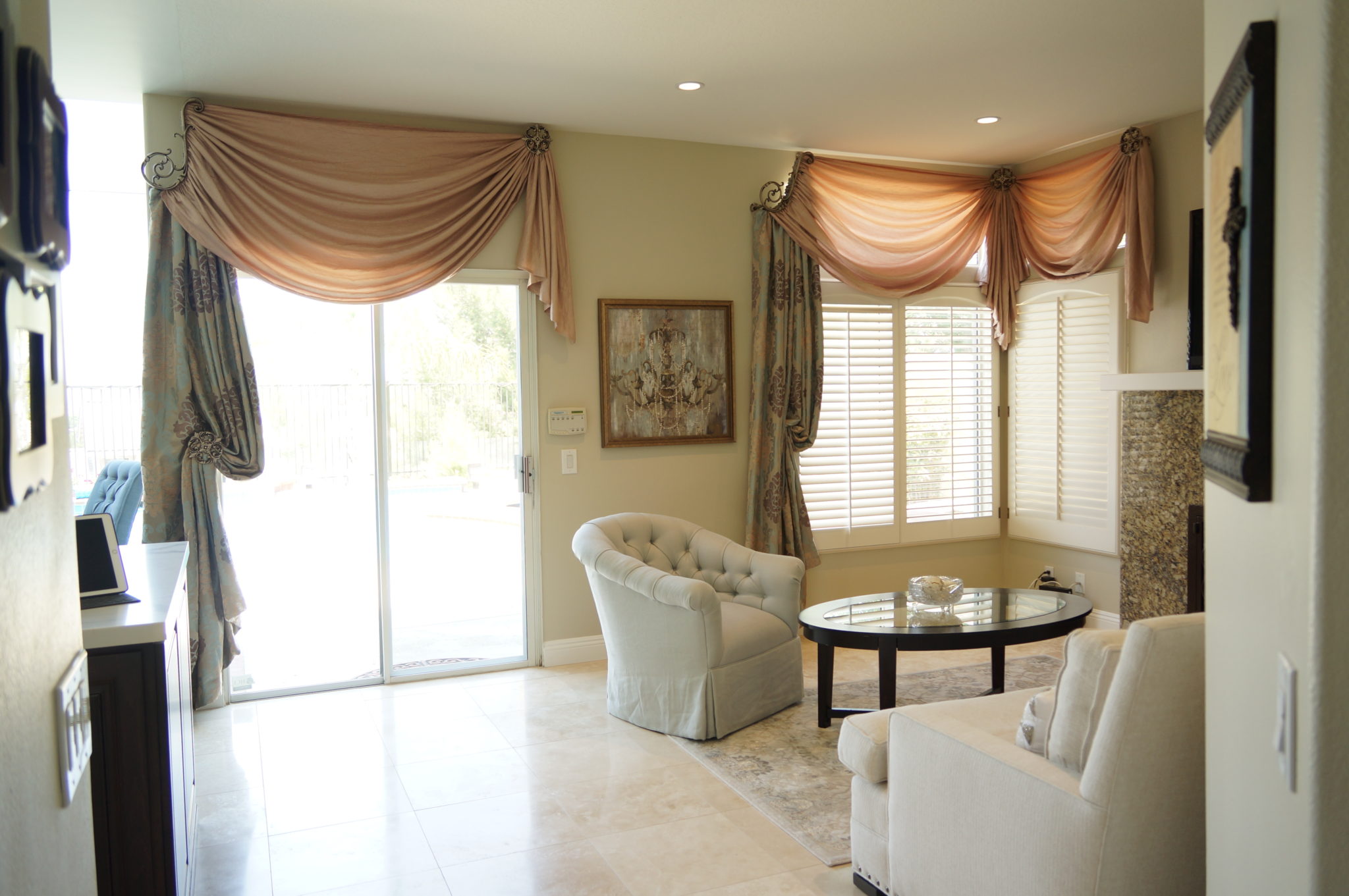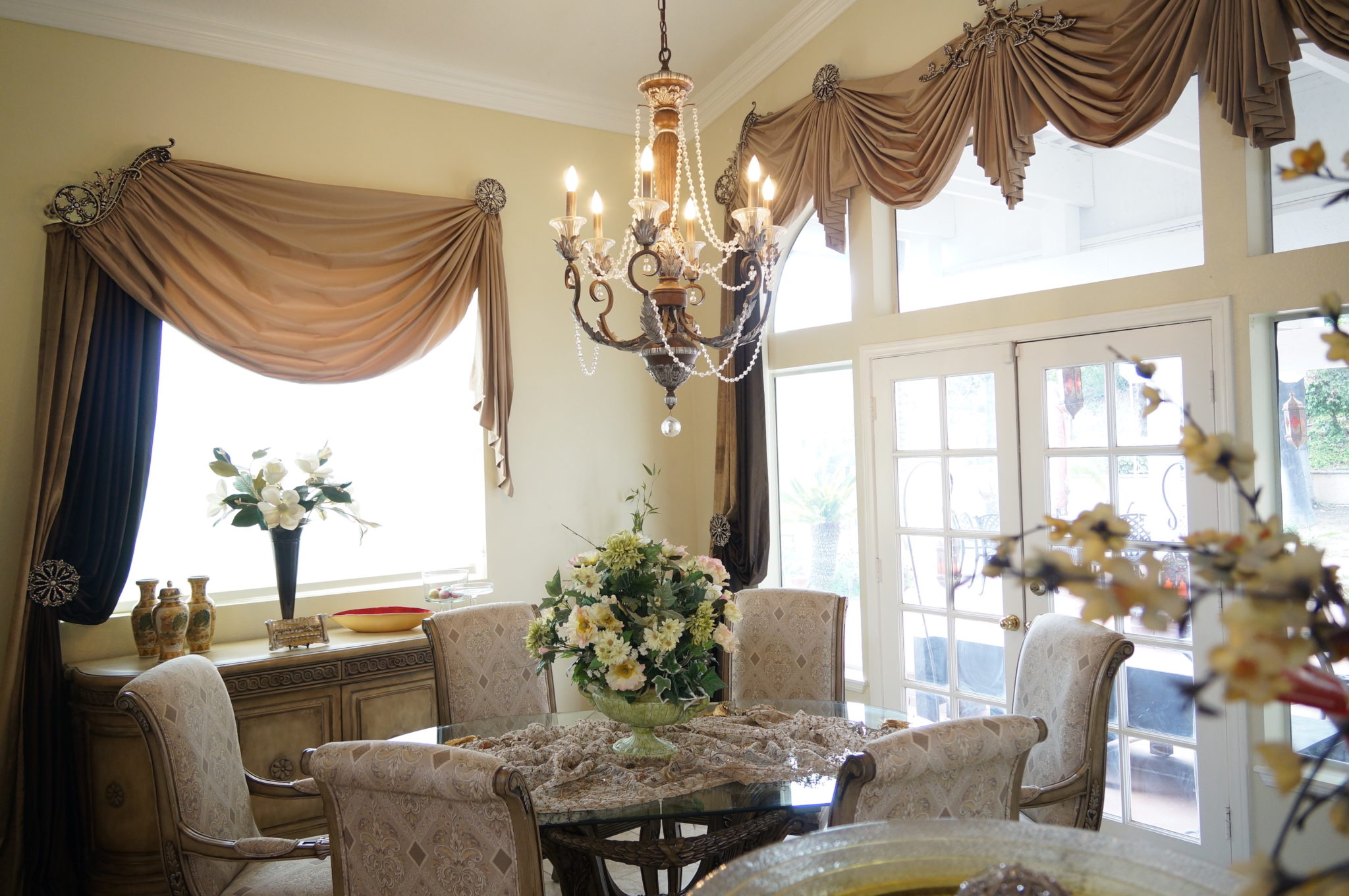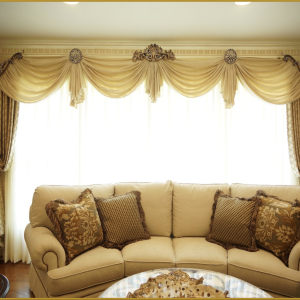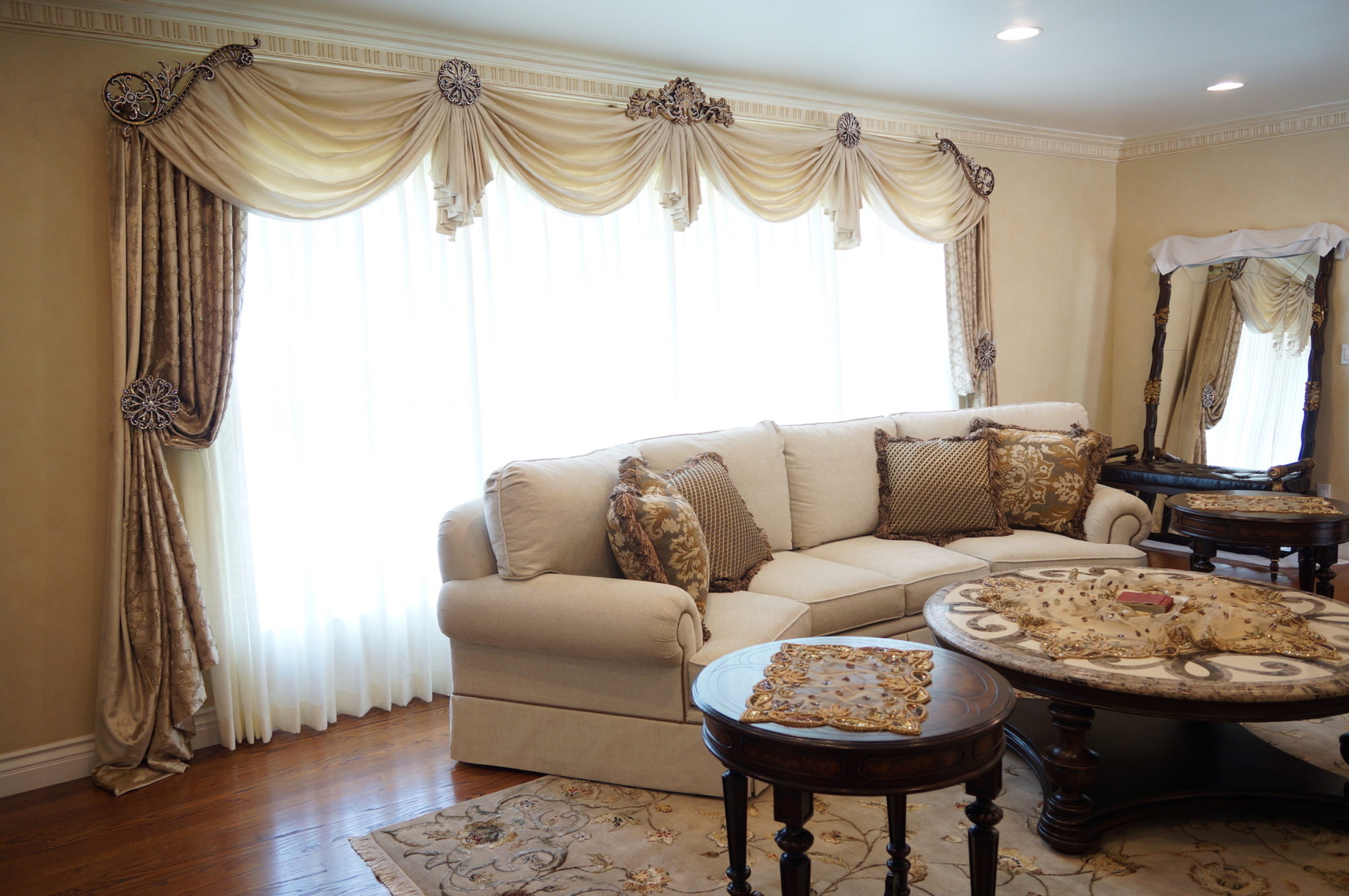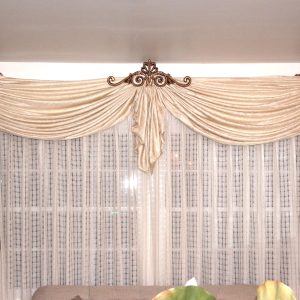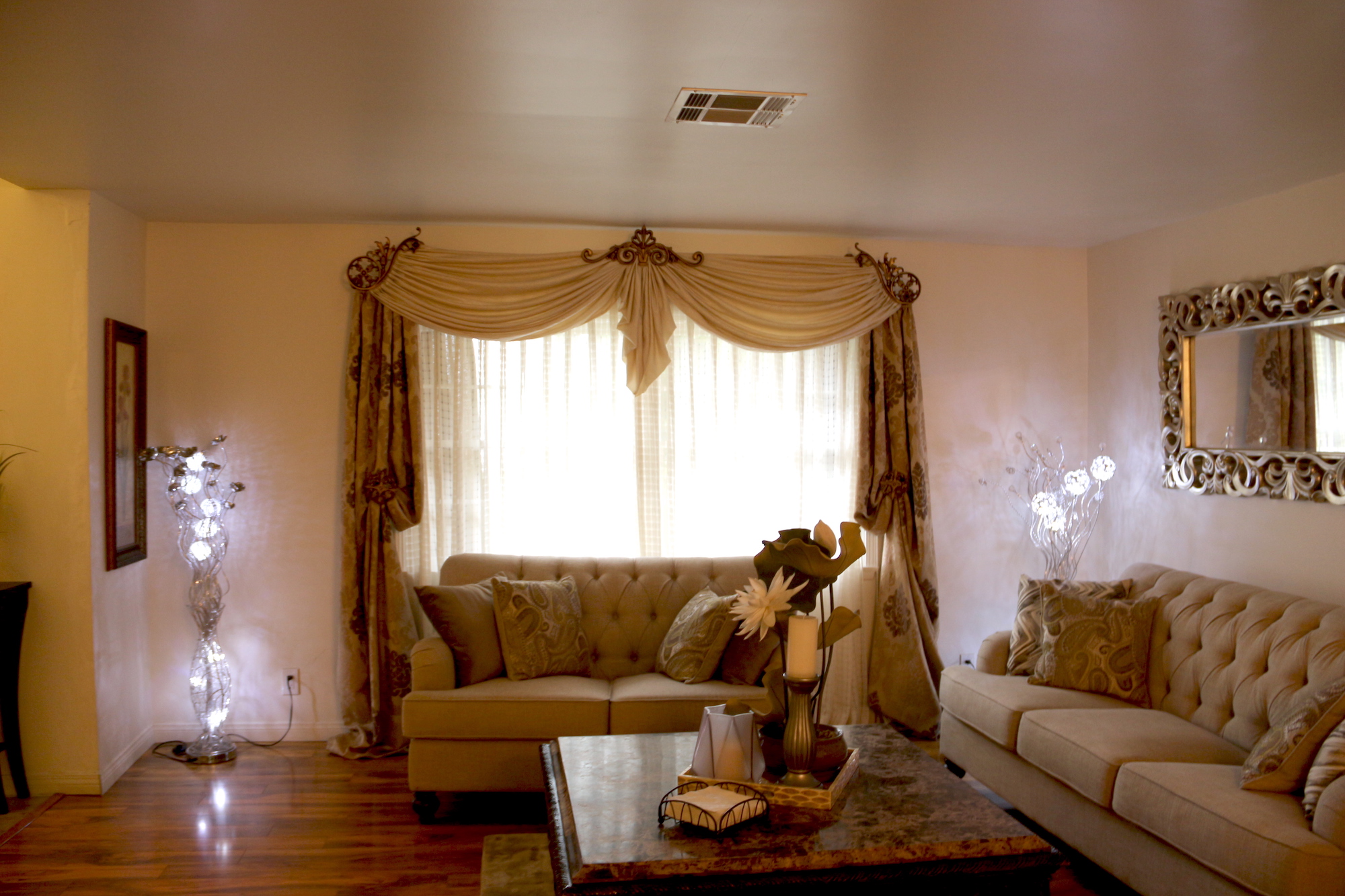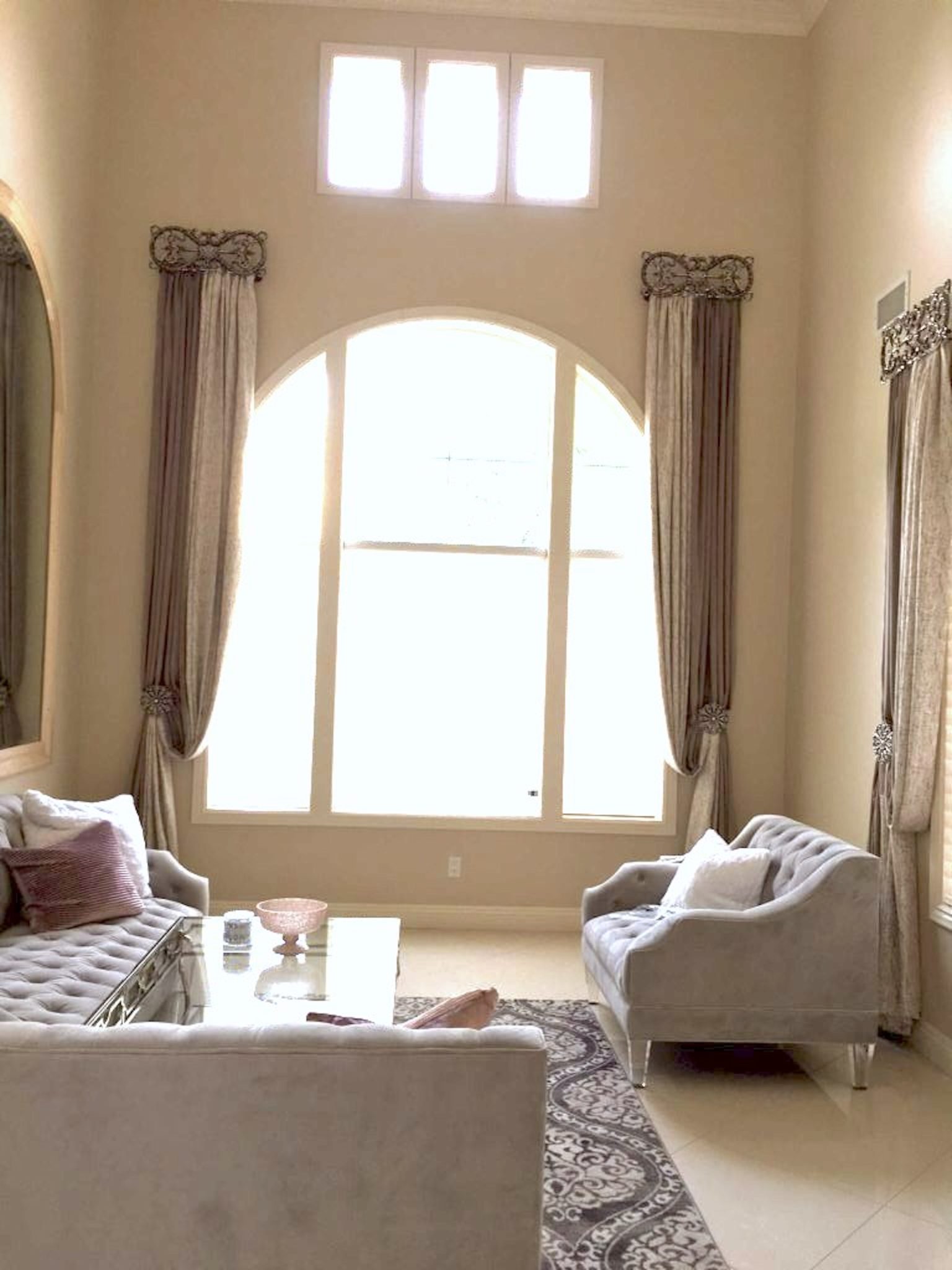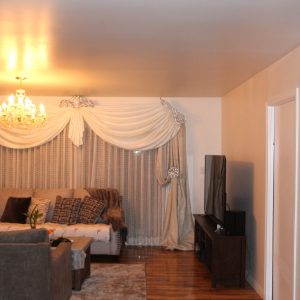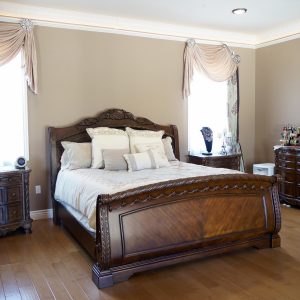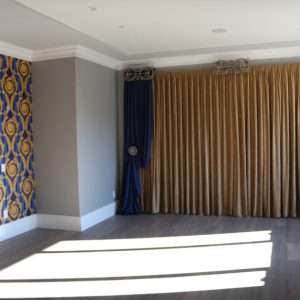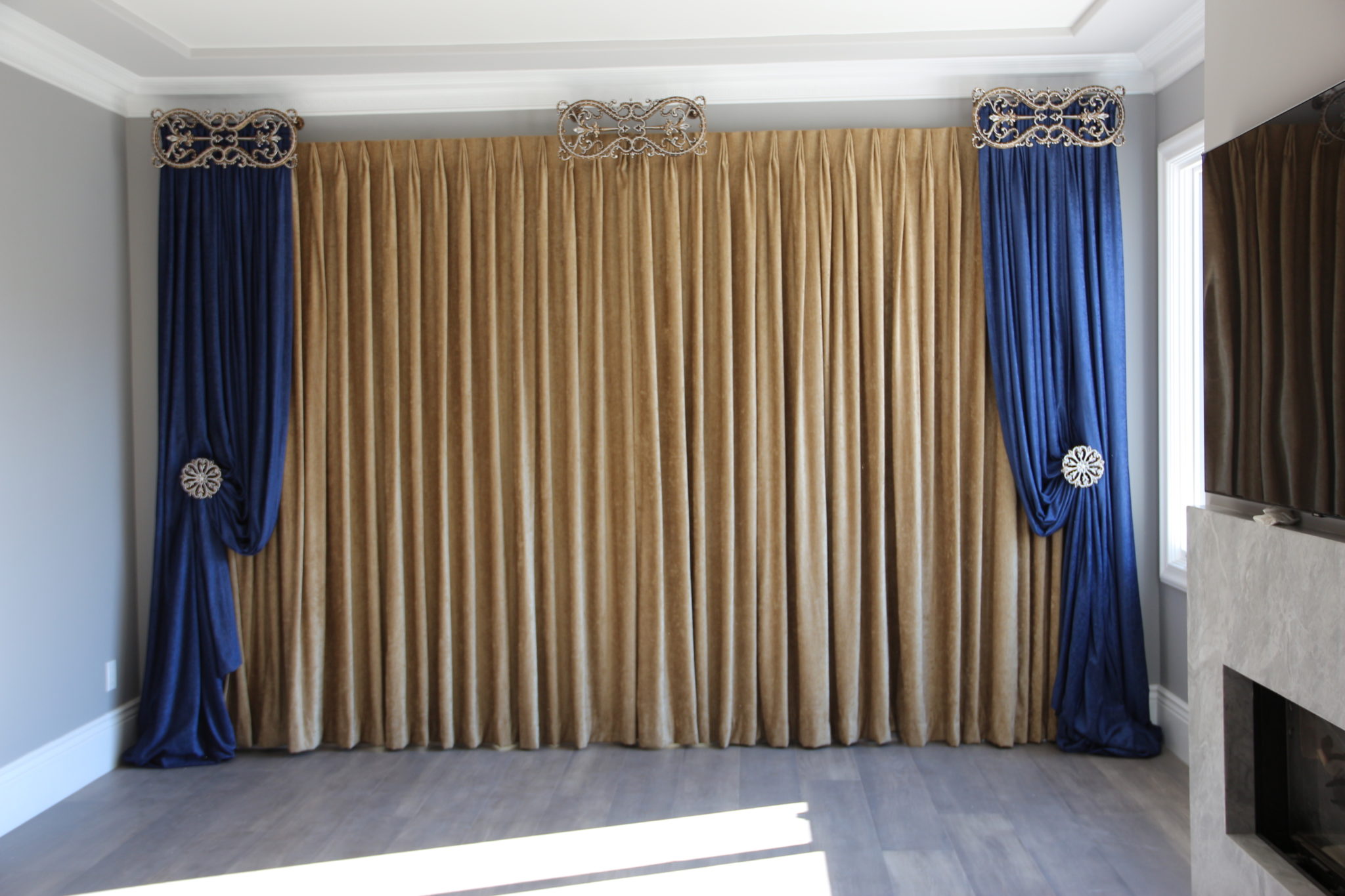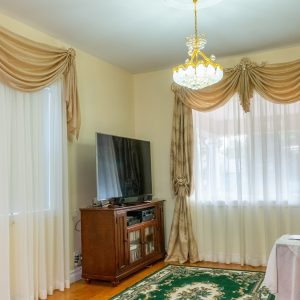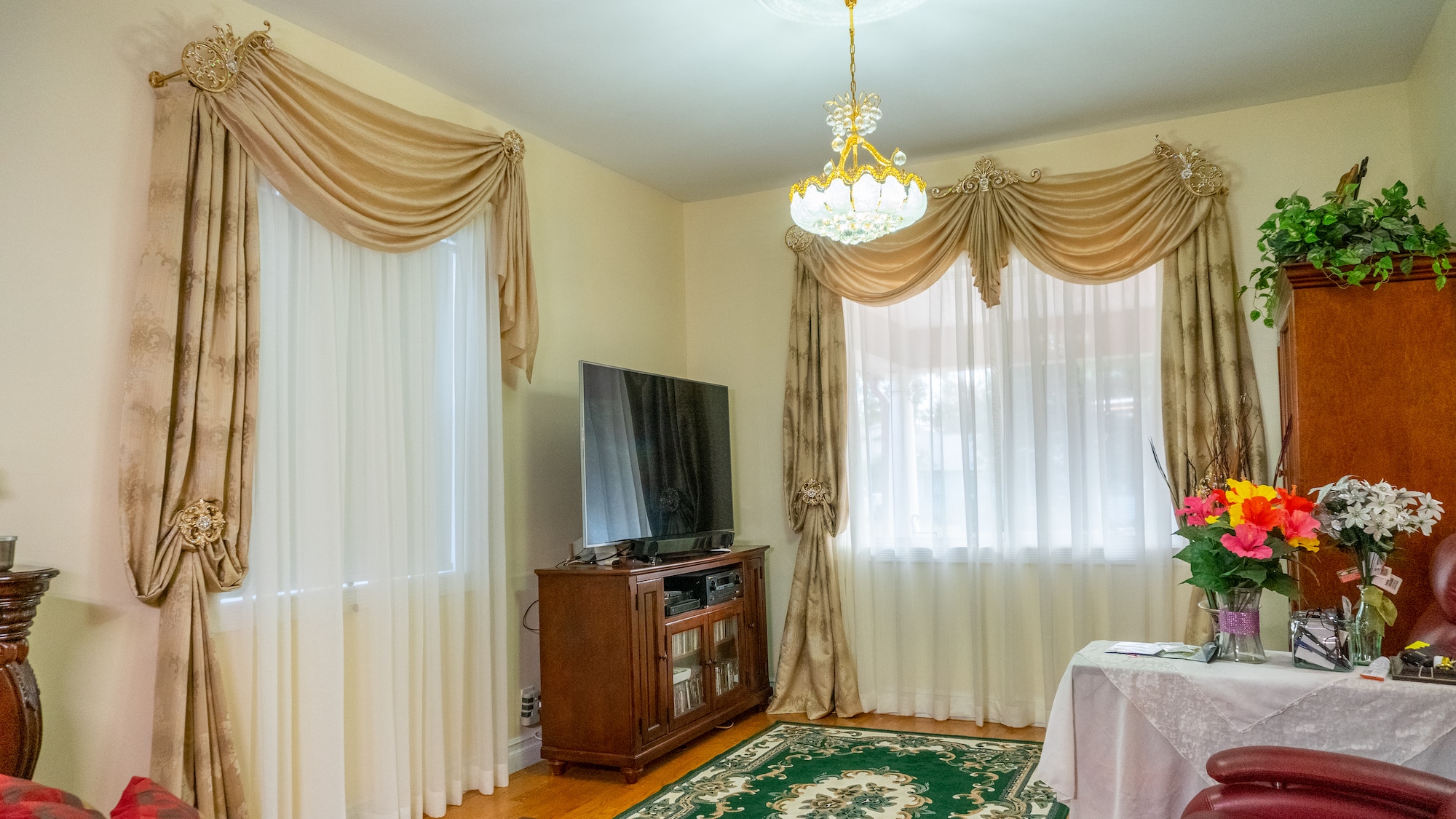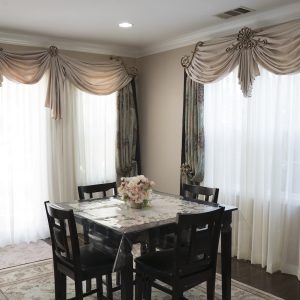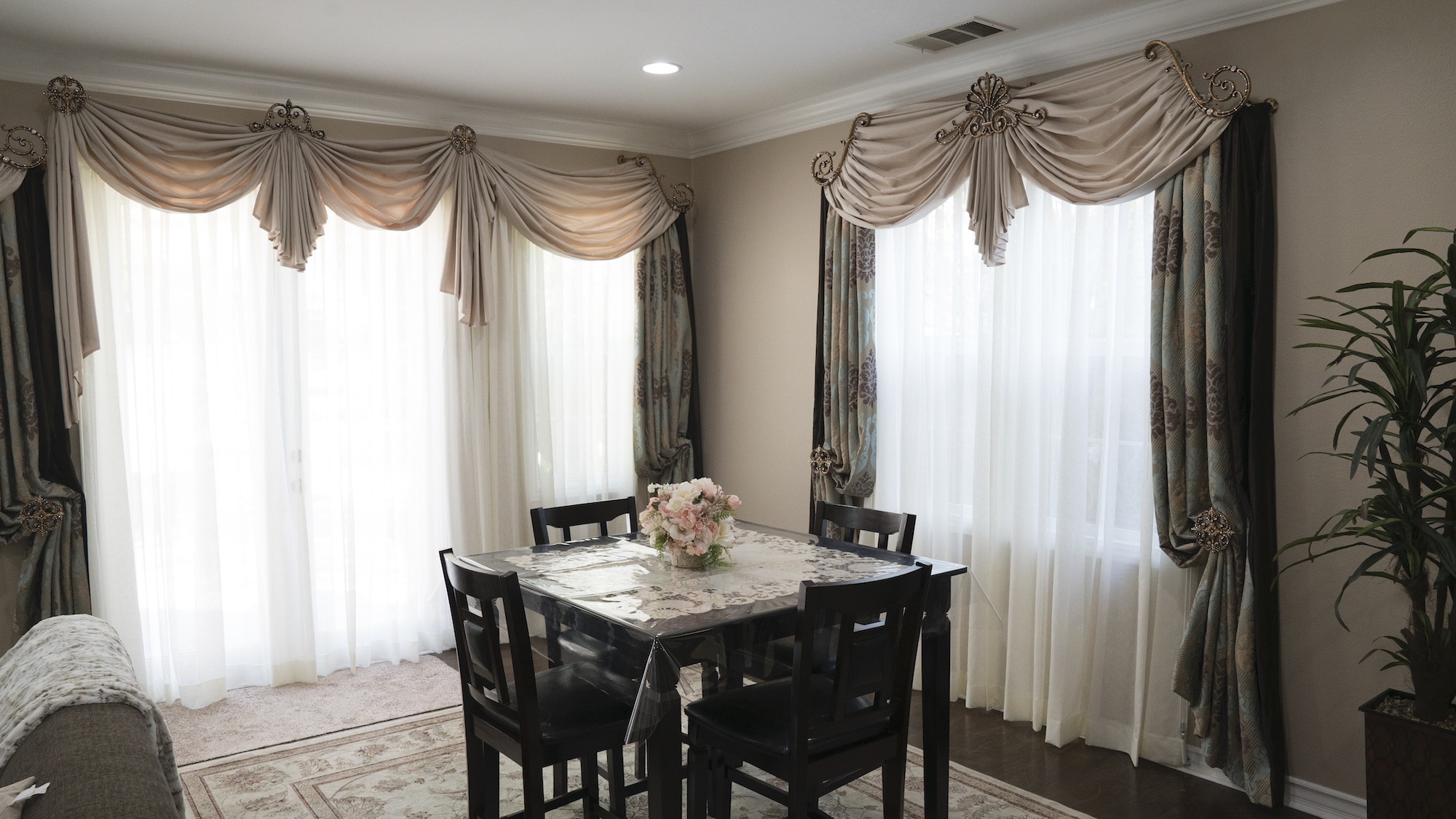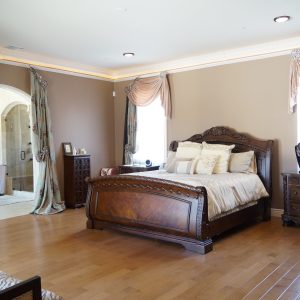How to choose curtain
Choosing a curtain can be a devastating and time-consuming task. The options and variations are practically endless. Don’t get lost on curtain styles and issues on curtain selection topic like which curtains for bay windows? and sometimes the problem is what curtains go with grey walls? and don’t fret on curtains terminology. The main purpose is to choose the type and style of curtains according to the window placement and the theme of your house.
Here are guidelines to go through while choosing a perfect curtain for your space:
First step: choose the appropriate length
The decision to choose the length of the curtain or draperies is up to you.
- Longer curtains or drapery length signifies a formal and more dignified look. Whereas shorter length implies an informal and relaxed mood.
- Short length curtains are used for more casual areas.
- Length of the curtain till the floor is more formal
- Length of the certain making puddles on the floor is considered to be romantic.
- The length of the curtain to the window sill is more casual and active.
These thumb rules are useful when choosing curtains room by room.
- Formal zones: informal zones like dinning drawing and dressing rooms, the curtains are advisable to touch the floor. Extra-long curtains that drape on the floor look elegant for private zone areas.
- Work zone: work zones like kitchen laundry areas the curtain length should stop just below the window sill. Never hang long curtains in work zones. As these are the busy and fussy areas especially avoid hanging curtains near the cooking areas like the stove.
Second step: texture selection
Texture plays an important role in room décor. when choosing a texture for the curtains the question arises in mind is “Will curtains keep my house warm?” or “Will curtains keep my room cooler?”. To satisfy this curiosity, one should be careful while choosing the texture as It provides a visual texture to overall plain furniture or it can balance out existing textured upholstery. For this considering the mood and aura of the room and the theme of the interior will help and guide you to select the right texture for the curtains. For formal areas, heavyweight fabrics like velvet jacquard and heavy silk are ideal because they are seldom washed and dry-clean-only option.
For work zones, easily washable fabrics with textures like cotton, sateen, silky rayon is more practical. Cotton and its variations have a crisp texture that brings a neat and sleek look to the room and is easy to use and maintain.
Third step: select color
People often underestimate that color is a powerful design tool. It can bring life to a dull décor or complements a bland theme in space. For curtains, color selection is as important as it can be for any other thing if you want curtains to blend with the décor, follow the main color scheme of the designated room. For blending the curtain colors can be selected a few shades lighter or darker of the main hue. Complementary curtains pop out and bring a vibrant change to a room. A bold color can create a wow factor when chosen against a neutral color scheme.
Step four: pattern and prints
If the furniture has an elaborate pattern or is printed, curtains should be chosen plain or solid with one tone. If the bedding or furniture have solid color it is advisable to select patterned and printed curtains.
Patterns also help to create textures in a plain room. Like from a distance small prints like dots and checks or even herringbone pattern give visual texture





